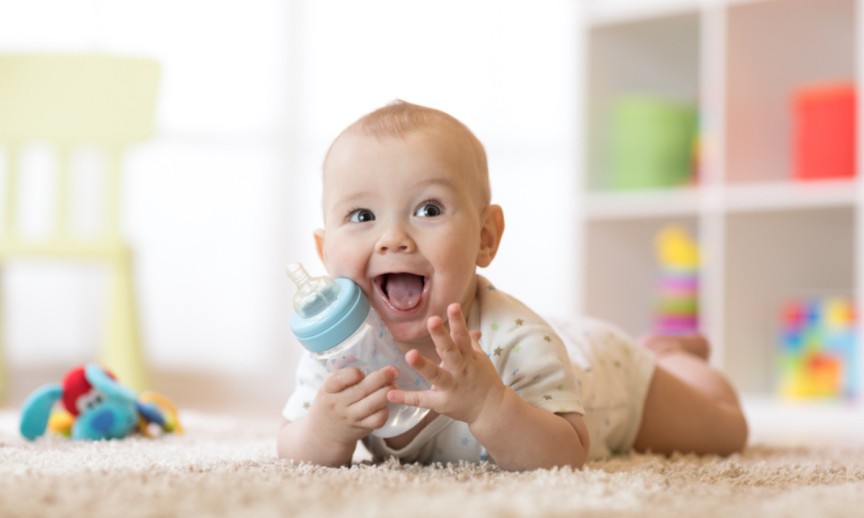
Many new parents were surprised to realize that infant bottle nipples do not come in a single size. Instead, there are several nipple "levels" based on your baby's age, feeding demands, and desired milk flow. Knowing when to size up or size down can be difficult, so we created this guide to help you comprehend infant bottle nipple sizes and levels.
Here's a look at the different sorts of baby bottles as well as how they compare.
Standard bottles: These classically fashioned bottles are suitable for the majority of newborns. They are available in plastic, glass, and even stainless steel.
Angle-neck bottles: These are bent at the neck to prevent air from filling the nipple, which may make feedings smoother and the infant less gassy. However, the tilted design makes them more difficult to clean.
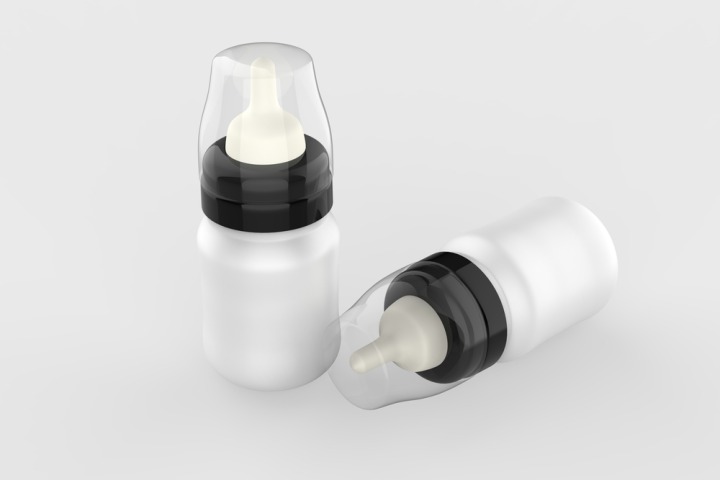
Disposable liner bottles: These feature a hard (typically plastic) shell that holds a single pouch of milk. The bag compresses as the infant sips, reducing gassiness. These are a nice solution for fast clean-up (since you use and discard each bag), but they're not exactly eco-friendly.
Broad-neck bottles: These bottles are short and squat, with a broad aperture up top — which implies a wider nipple, replicating the nursing experience. A broad neck is ideal for newborns who will be switching from breast to bottle often, and it also makes cleaning up easier.
Vented bottles: Include a built-in tube to prevent air pockets from accumulating in the bottle or nipple, which helps avoid gas. Because of vents and other extraneous pieces, these might be more difficult to clean.
Nipples are typically included with baby bottles, but they may also be purchased independently and available in a range of sizes and styles, which is especially beneficial for newborns with unique feeding needs. Try a couple different nipple sizes and types to find what works best with your kid.
Traditional Nipples: Those are the bell-shaped, generally latex nipples seen in most infant bottles.
Orthodontic Nipples: These nipples feature a bulbous top and a flattened base to protect the baby's palate.
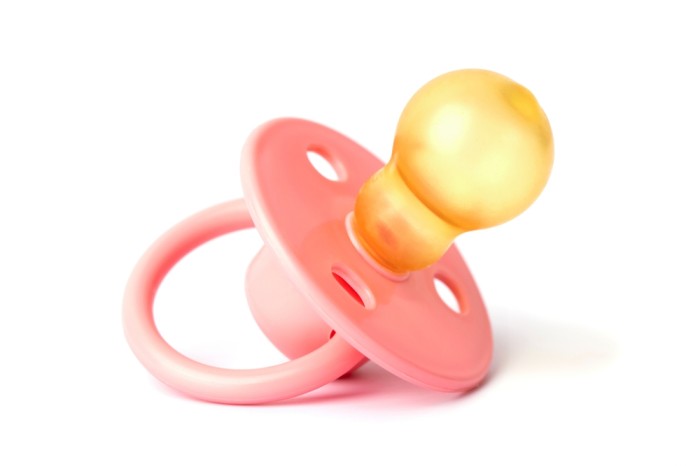
Flat-topped Nipples: These are shaped more like the breast, with a larger base bulb and a flatter top.
Anti-vacuum Nipples: These are intended to reduce colic and gassiness by restricting the quantity of air your baby inhales.
Multi-flow Nipples: These are meant to deliver several stage flows (for example, Stages 1 and 2) in the same nipple. Control the flow by adjusting the location of the nipple.
Disposable Nipples: Sterile, wrapped individual nipples that are useful for quick cleanup but must be discarded after a single usage.
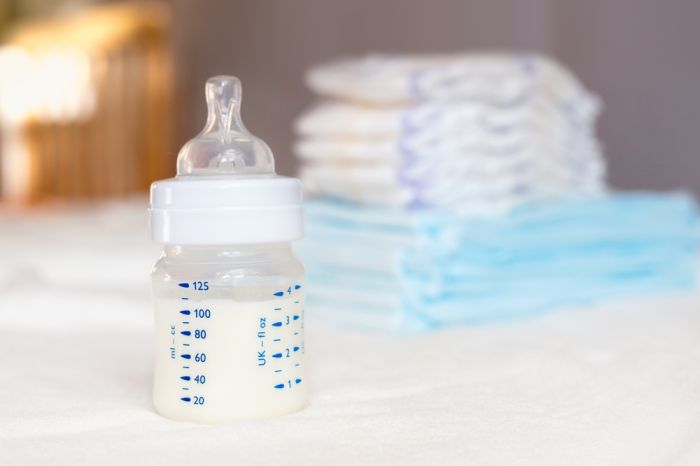
Initially, smaller is preferable. The average baby will consume up to 4 ounces every feeding, so the smaller bottles are ideal, with a Stage 1 slow-flow nipple (designed for preemies and newborns) to limit how quickly milk is delivered.
Baby will go to a faster-flowing Stage 2 nipple and 8-ounce or bigger bottles as she develops, taking more milk at fewer frequent feedings. Some kids can live with Stage 2 nipples permanently, but if your baby is pushing hard on these nipples by 6 months, she may be ready for Stage 3.
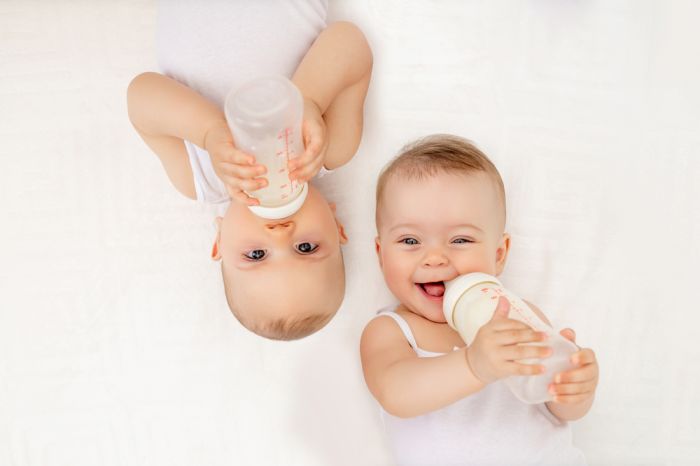
When it came to picking bottles, we concentrated on a wide range of sizes and forms — and for a number of purposes.
Bottles have to provide something extra for parents, such as easy washing or a handy shape that allows for easy storage, among other advantages. When it comes to a baby's smooth transition to a bottle, nipple form and feel are also important, thus the nipples that came along with the bottles needed to be designed to facilitate secure latching.
Here are some of the greatest baby bottles to try with your child.
Before using new bottles and nipples, always wash them in hot, soapy water or in the dishwasher. After each feeding, wash them again and inspect the nipples for wear. As your baby develops, replace smaller nipples with bigger ones, and always replace any bottle nipple that shows indications of wear.